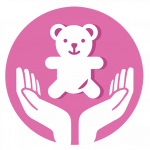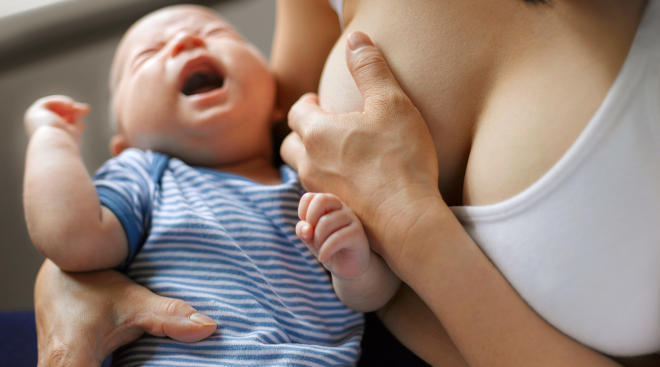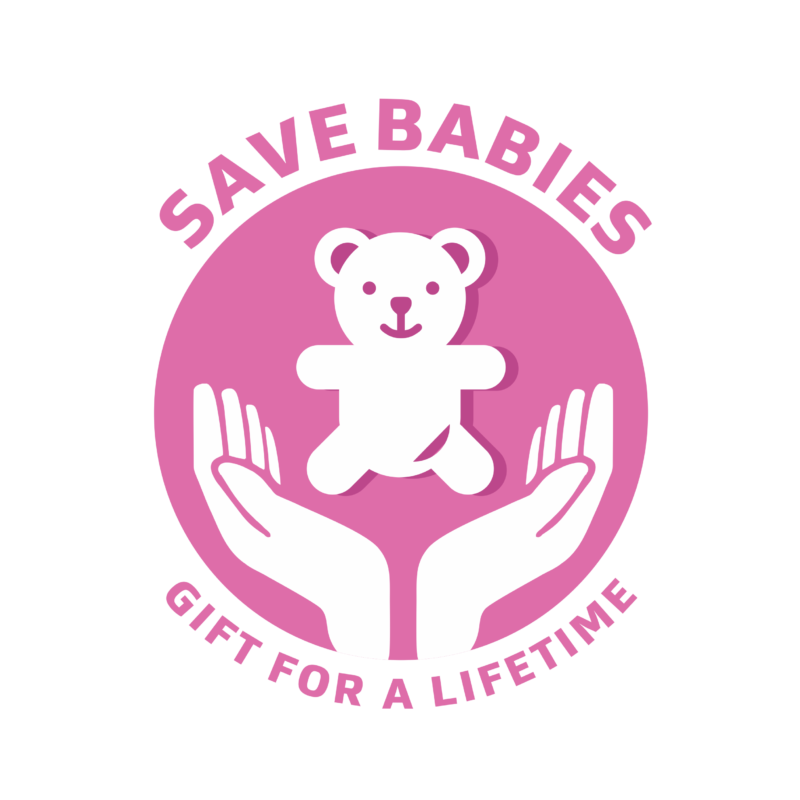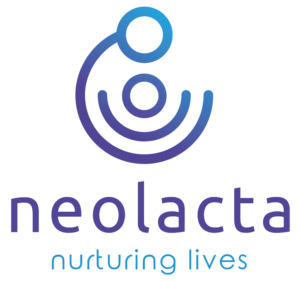Mastitis is the inflammation of the breast that may be accompanied by infection. It is usually caused by a blocked milk duct, but it can also be caused by bacteria such as Staphylococcus Aureus (Staph). Mastitis is more common in the lactational phase affecting one in five breastfeeding women. 74% to 95% cases of mastitis occur in the first 12 weeks after child birth especially in the second and third week postpartum. It is one of the reasons for early discontinuation of breastfeeding, which provides optimal infant nutrition.
When mastitis occurs during lactation, it is called lactation or puerperal mastitis and in non- lactating women it is called periductal mastitis. Untreated infective mastitis can lead to breast abscess, which is a localized collection of pus within the breast. A breast abscess is also common in the first six weeks’ post-partum, but may occur later.
The risk of mastitis can be reduced by providing ongoing support to maintain frequent, complete emptying of the breast and proper breastfeeding technique during lactational phase by health care providers. Mastitis most often happens when milk builds up in your breast because it’s being made faster than it’s being removed (milk stasis). Milk stasis can happen when your baby isn’t taking enough milk from your breasts when he feeds. This may be because he isn’t latched on properly.
If your baby doesn’t latch on well to one breast, it can cause your nipple to be sore and make you reluctant to feed on the sore side. This can cause engorgement, milk stasis and then mastitis. If your baby prefers one breast, it may also lead to mastitis in the breast she feeds from less often.
The following can also cause milk stasis and lead to mastitis:
- Engorgement that doesn’t return to normal, perhaps because your baby slept through the night.
- Feeding to a strict routine, so there’s a long gap between feeds.
- Pressure on your breast from your clothing, a tight bra strap or underwired bra, your sleeping position, from a seat belt or the way you carry your purse or diaper bag that compresses your breasts.
- An injury to your breast.
Sometimes, milk stasis can become worse and develop into infective mastitis. This may happen if you’ve had cracked nipples. An infection can pass through the crack or fissure in your nipple into the lymphatic system of your breast.
You’re more likely to develop mastitis if you’re a first-time mum, though mums who have breastfed before can get it, too. Though you may be feeling unwell and uncomfortable, mastitis won’t affect your baby. It’s perfectly safe for him to feed from your affected breast, but it may taste a bit saltier than usual.
Disclaimer:
The information given in this article is not intended or implied to be a substitute for professional medical advice, diagnosis, or treatment. We urge readers to seek the advice of a physician before trying any home remedies.




